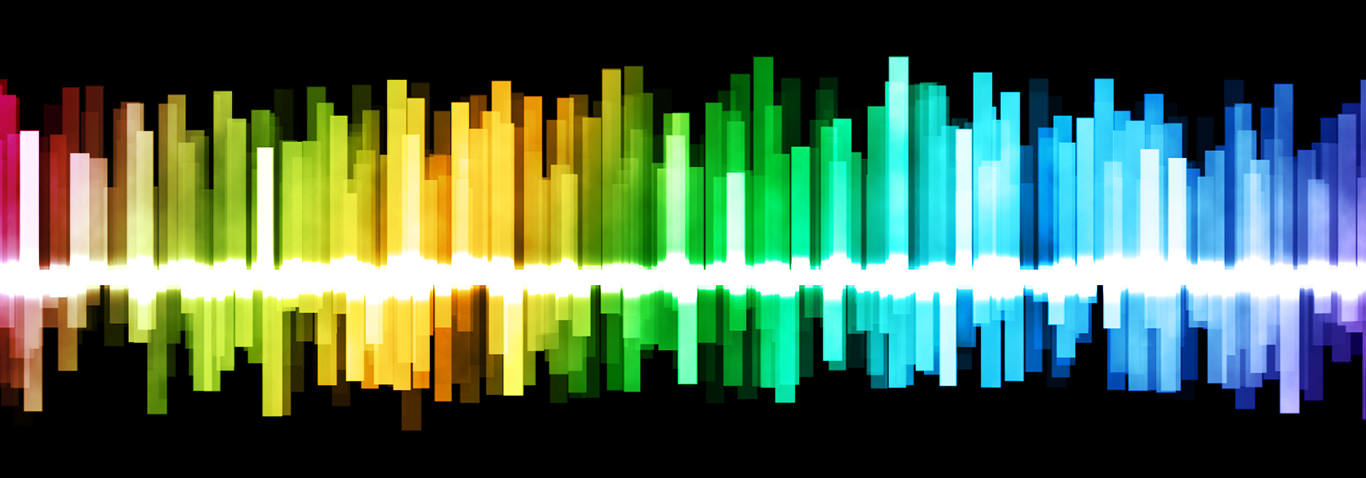

|

Reference Music We Use For Gear Tests
by Dan Richards
Over the years, we've tested out most of the microphones and mic preamps on the market. We also tested several DACs and quite a few monitors. Recently, we've been focusing more on DACs, monitors, headphones, and various cables. In upcoming reviews there's mention of reference music used in the tests. I thought it was worth creating a separate article to note and provide the wide range of music we're throwing out in our tests. The music included here is by no means all of what we use, but it represents a lot of the tracks, and gives the reasoning behind their purpose.
In your own evaluations of gear, you obviously want to work with material that you're familiar with. But the tracks included here give you an idea of the range you should be shooting for. Even if you only work within one or a few genres, not only is it a good idea to test with a range of music and dynamics, but it also provides education and appreciation to listen to music from a large palette to school yourself in the complexities and range of composition, arrangement, and production.
Our tests use various file resolutions from DSD, to high-res PCM, to MP3 files. Youtube and Soundcloud links have been included here for your reference. Happy motoring.
I often start off monitor, headphones, and DAC tests with James Taylor recordings, because I'm listening to how well the mid-range of his acoustic guitar and voice are translating and being presented. Mid-range is everything. If it doesn't truly and honestly have solid, living, breathing mid-range, you can stop now. If so, continue...
Then I often play Chicago, where I'm specifically listening for the horns, voices, and cymbals. Still focusing on the mid-range, but moving into wider dynamics. In "Just You 'N' Me," I'm also focusing on the sound of the closed high-hat. Listening for the "air."
From there I move on to Earth, Wind, and Fire's "After The Love Is Gone." Maurice White's voice is about as big and wide as I've ever heard in a recording. This is where I start listening to the width and depth of the soundstage.
For old-school Jazz recordings, I often consult John Coltrane's "Giant Steps" album. I use the first track, "Giant Steps" to play a game I made up I call, "Where's John?" In this game, I'm listening to how far Coltrane is stepping out into my room. Is he back behind the speaker? Does he have one foot out of the speaker? Is he truly standing there live playing in my room. In my tests on some of the cables, DACs, monitors, etc., Coltrane is indeed live, and standing there in my room playing his saxophone. It can be, at times, quite real in a very surreal way. The latter occurs only on the best of systems.
For orchestral music, the dynamic "Sinfonia Fantastica" by composer Hector Berlioz. Listen to how revealing your system is with only live instruments in a beautiful acoustical space.
For an amazing recording, music, and track with a great midrange and tight bass, Fleetwood Mac's "Dreams."
Steely Dan's "Gaucho" album gets used a lot. Especially for spacial and panning cues.
From there, I move into more modern, and fuller range music. A favorite is Peter Gabriel's "More Than This." I'm specifically listening for spacial cues and panning with this one.
Then I'll start to stretch things out, turn things up, and hear what the gear can really do when putting on the gas. John Bonham's drums on Led Zeppelin's "Kashmir" are a good test.
Then TLC's "No Scrubs" gives a good peek into how the system handles the beginning of extended frequency programming from the 90s.
Then I move into current and thoroughly modern productions. Matt Zo's remix of Porter Robinson's "Flicker" provides ample sonic pyrotechnics.
For even more low-end bombastics, I've been throwing Ty Dolla $ign's "Only Right" at the system.
For dropped-D guitar, Korn's "Falling Away From Me."
For more modern rock, Breaking Benjamin's "I Will Not Bow."
And for some of the fullest range music in modern productions, Skrillex, Diplo, Justin Beiber's "Where Are U Now."
And Grimes. Just because. She's about the coolest music artist on the planet right now. She's like a young, female version of Todd Rundgren. She writes all her own material, plays of all the instruments and sings all the vocal parts, and programs, engineers, and produces all her music, and directs all her videos. Claire Boucher is a wizard, a true star. Stay tuned, as we're working with her record company and management on an interview after her world tour, focusing on the geeky side of Claire in the studio.
Running through this, or a similar, gamut and dynamic musical obstacle course, will expose the strengths and weaknesses of components in your monitoring system and room acoustics. In general, even with MP3s you can get pretty far with things, and certainly show any initial shortcomings. And, of course, play a range of 16-bit CDs, and higher resolution files to dig in deeper.
Cheers.
Copyright. All rights reserved 2002 - 2022 Pro Studio Review